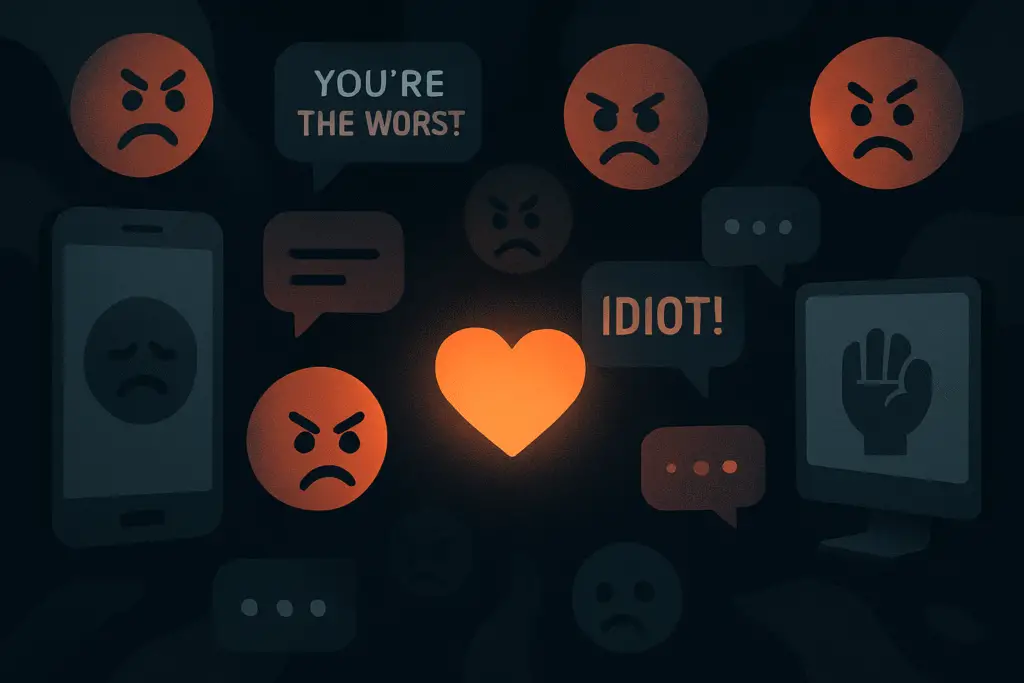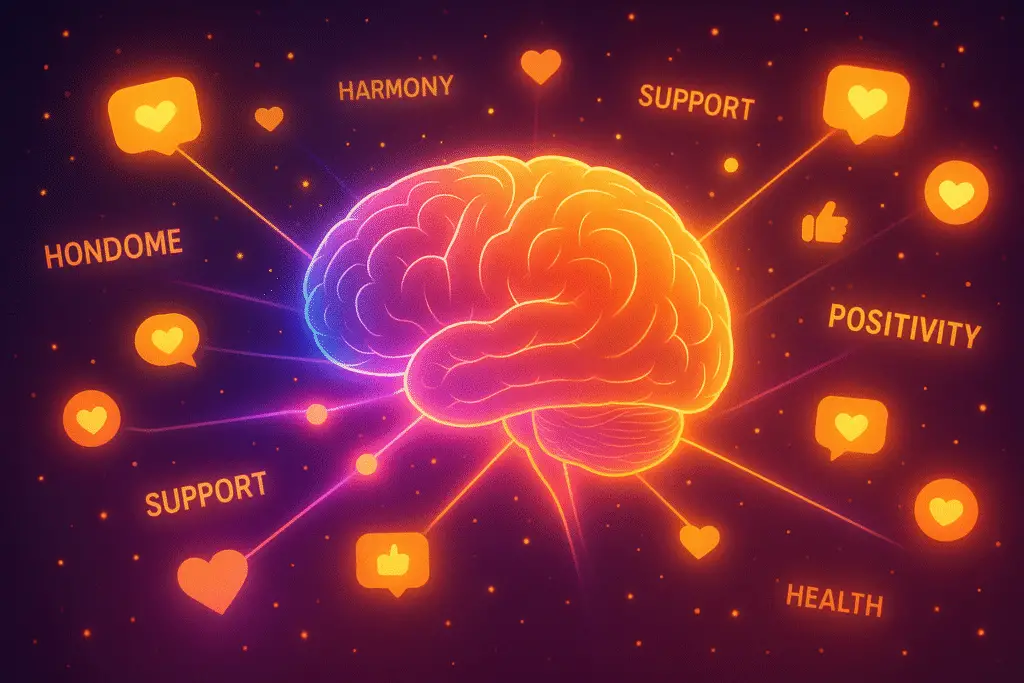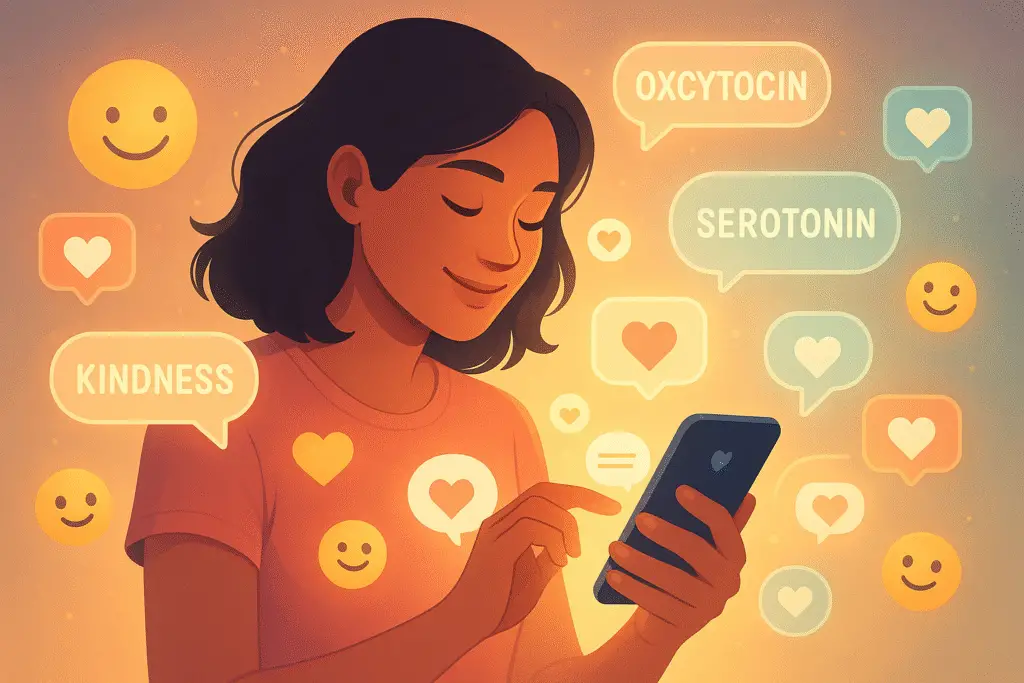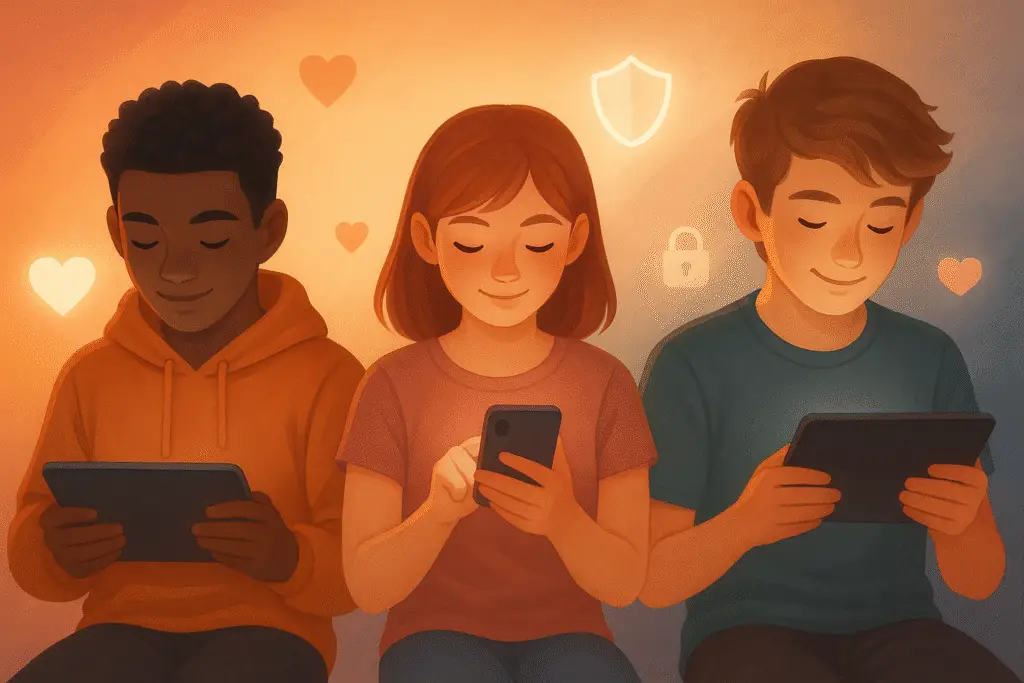Why Online Kindness Matters More Than Ever

In an age where every opinion is a scroll away and digital comments often cut deeper than real-life conversations, practicing online kindness has never been more crucial. Whether we’re posting on social media, replying to emails, or participating in group chats, our words carry weight — sometimes more than we realize.
While the internet was once celebrated as a tool to connect and empower, it has also become a space where misunderstandings thrive and empathy can easily be forgotten. According to a 2021 study by Pew Research Center, 41% of adults in the U.S. have experienced some form of online harassment, and 75% have witnessed it happening to others. That’s not just a statistic — it’s a wake-up call.
But what if the digital space could be different?
What if we collectively decided to treat our online interactions with the same respect, compassion, and care we strive for in person? That’s where the concept of “Digital Kindness” comes in — a growing movement focused on creating healthier, more empathetic online environments, one small interaction at a time.
This article isn’t about toxic positivity or unrealistic expectations. It’s about practical actions you can take to infuse kindness into your daily digital life — from social media to work chats. Whether you’re a parent, a student, a professional, or just someone trying to make the internet a little better, this guide is for you.
Because small acts of kindness online can spark big changes in the real world.

The Science Behind Digital Kindness: Why It Actually Works

If being kind online sounds like an abstract, feel-good concept, science says otherwise. Practicing kindness — even through a screen — has measurable psychological benefits, not just for the receiver but for the one expressing it as well.
Kindness Boosts Mental Health

According to a Study published in The Journal of Social Psychology, performing acts of kindness increases well-being, life satisfaction, and emotional resilience. Even when those acts are virtual — like sending a thoughtful message, showing support, or diffusing a heated comment — the brain releases oxytocin and serotonin, both associated with pleasure and stress reduction.
Digital kindness, in short, acts like a mental vitamin. And in online environments that can often feel draining or aggressive, that’s a powerful tool to have.
Social Contagion: Kindness Spreads

One of the most fascinating aspects of kindness is that it’s contagious. Research by Dr. Nicholas Christakis from Yale University shows that positive behaviors ripple outward in social networks — one kind action can inspire others to pay it forward.
Even on platforms known for negativity, like X (formerly Twitter) or YouTube comment sections, a single positive reply can set the tone for the entire thread. That’s not idealism — that’s network science in action.
Emotional Safety in Digital Spaces

More than just a feel-good strategy, digital kindness helps build emotional safety online. This is especially important for younger audiences. Studies by organizations like Common Sense Media reveal that teens who experience online kindness report feeling more connected, confident, and safe when using the internet.
In a time when cyberbullying and mental health concerns are rising, creating kind, inclusive online environments is no longer optional — it’s essential.
How to Practice Digital Kindness in Everyday Life
Kindness in digital spaces doesn’t require grand gestures. In fact, the most powerful forms of online kindness are often subtle, consistent, and intentional. Below are simple, research-backed practices you can incorporate into your daily online routine.
1. Respond with empathy, not escalation
When faced with disagreement or even hostility online, responding with empathy can de-escalate tension and promote healthier discourse. Instead of clapping back or ghosting, try acknowledging the other person’s perspective with curiosity, not defensiveness. According to a 2020 study from the Harvard Kennedy School, conversations that begin with empathetic language are 60% more likely to end constructively.
“I see where you’re coming from — here’s how I see it…”
This doesn’t mean tolerating abuse, but it does mean recognizing the power of tone and intent.
2. Compliment publicly, critique privately
If someone posts something thoughtful, helpful, or creative — tell them. Public appreciation fosters connection and encourages others to join in. On the flip side, if you notice a mistake or disagree with someone’s stance, consider addressing it via private message rather than a public call-out. This approach maintains dignity while still offering space for learning.
3. Share uplifting content intentionally
Algorithms often favor sensationalism and conflict, but that doesn’t mean you have to. Make a habit of sharing articles, videos, or stories that inspire, inform, or uplift. This helps reshape your feed — and your audience’s — into a space of value and hope.
Try sharing:
- Mental health tips that actually work
- Stories of community resilience
- Creative solutions to social issues
- Personal wins or lessons
This shifts the culture from passive scrolling to purposeful engagement.
4. Use your influence — no matter the size
Even if you have a small following, your words matter. If someone sees you being respectful, curious, or generous online, they may mirror that behavior. According to a report by the Pew Research Center, 35% of users say they’ve changed their tone on social media after observing others model respectful disagreement.
You don’t need to be an influencer to have influence.
The Ripple Effect: Why Digital Kindness Shapes the Future
In a world where attention is monetized and outrage is viral, choosing to be kind online may seem like a small act — even a naive one. But evidence continues to show that micro-moments of online kindness can have macro-impact on digital well-being, public discourse, and even mental health.
Digital kindness supports mental health
The connection between online behavior and emotional health is well documented. A 2021 report by the American Psychological Association found that individuals who reported experiencing positive, supportive interactions online were 32% less likely to show signs of depression or anxiety compared to those who engaged in high-conflict digital environments. Kindness, even in the form of a thoughtful comment or a simple “thank you,” can act as a buffer against the emotional weight of digital overload.
It counters toxic algorithms — one interaction at a time
While platforms like YouTube, TikTok, and Facebook tend to amplify content that provokes strong emotional reactions, your behavior still trains your algorithm. Every time you like, comment on, or share content rooted in kindness or constructive dialogue, you’re teaching the machine that this is what you want more of.
It’s digital self-care with ripple effects.
Building a future internet we actually want
The movement toward a more ethical and compassionate internet has already begun. Initiatives like the Center for Humane Technology and campaigns like #ChooseKindness from Instagram and Born This Way Foundation (founded by Lady Gaga) are pushing back against the toxic tide.
But these movements need individuals to make it real.
Every supportive message, every respectful disagreement, every choice to uplift instead of tear down — it all counts.
“The internet is not a separate space — it’s an extension of who we are. The kindness we show there reflects the world we’re building here.”
— [Tristan Harris, Center for Humane Technology]
Final Thoughts
Practicing digital kindness isn’t about being passive or ignoring injustice. It’s about engaging with intention, curiosity, and humanity. Whether you have a dozen followers or a million, your digital footprint shapes the future. And a future built on kindness is one worth clicking toward.
Maybe you also like:
Follow me on:
For more updates, visit: flashpointnews.com.br



